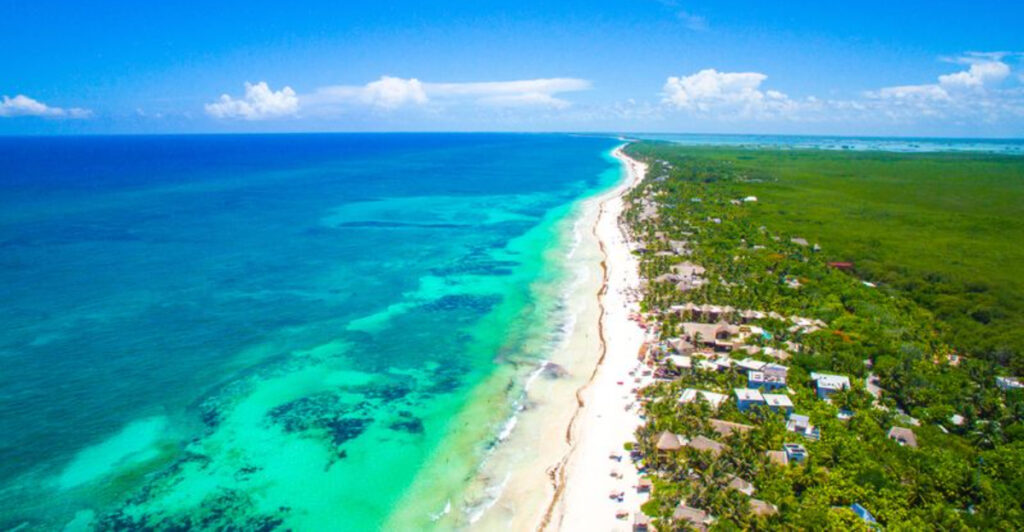Mexico’s stunning coastline attracts millions of visitors each year with its crystal-clear waters and golden sands. However, recent environmental changes and safety concerns have made some popular beach destinations risky for tourists. Natural hazards like dangerous currents, pollution issues, and water quality problems now pose serious threats at certain locations. Understanding these risks helps travelers make informed decisions about their beach vacation plans.
1. Playa Hermosa (Baja California) – Strong currents
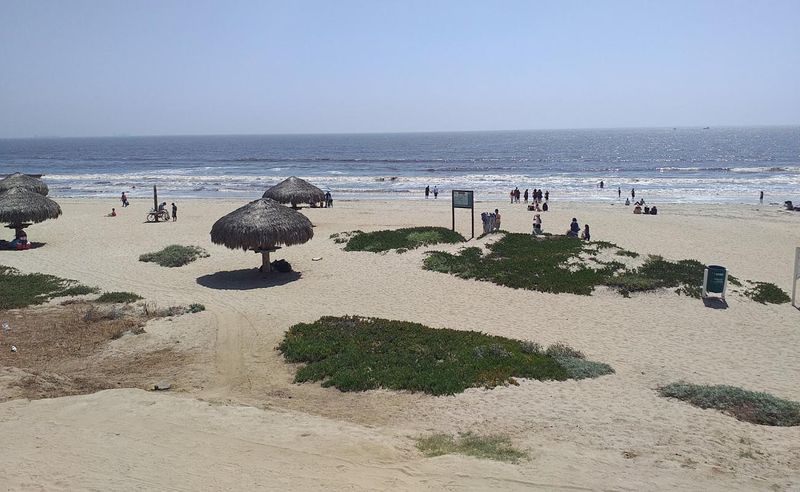
Beautiful waves crash against this Baja California shoreline, but beneath the surface lurk powerful ocean currents that can sweep swimmers away in seconds. Local lifeguards report numerous rescue operations each season as visitors underestimate the water’s strength.
Strong offshore winds create unpredictable current patterns that change throughout the day. Even experienced swimmers find themselves struggling against forces beyond their control.
Beach warning signs now recommend staying close to shore and swimming only in designated areas. Consider enjoying the scenic coastline from the safety of dry sand instead of risking dangerous waters.
2. Playa Zipolite (Oaxaca) – Dangerous waves, occasional drownings
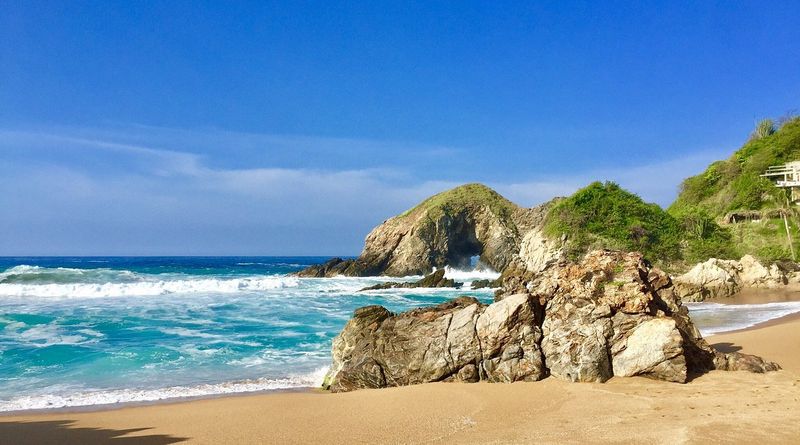
Known as Mexico’s “Beach of the Dead,” this Oaxacan coastline earned its ominous nickname through tragic drowning incidents over the years. Massive waves pound the shore with tremendous force, creating deadly undertows that pull swimmers into deep water.
Local emergency services respond to water rescues regularly during peak tourist seasons. The beach’s natural beauty masks serious safety hazards that claim lives annually.
Experienced surfers appreciate the powerful swells, but casual beachgoers should exercise extreme caution. Swimming here requires advanced water skills and constant awareness of changing ocean conditions that can turn dangerous without warning.
3. Playa Cerritos (Baja California Sur) – Rip currents
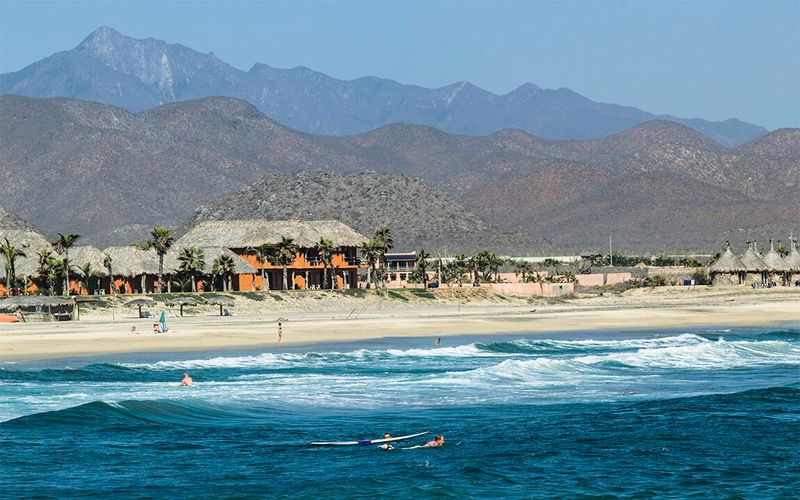
Surfers flock to this Baja peninsula hotspot for excellent waves, but hidden rip currents create serious hazards for unsuspecting swimmers. These narrow channels of fast-moving water can drag people away from shore at speeds reaching five miles per hour.
Most drowning incidents occur when panicked swimmers fight directly against the current instead of swimming parallel to shore. Lifeguard stations provide safety information, but coverage remains limited during off-peak hours.
Red flag warnings indicate dangerous conditions, yet many tourists ignore posted advisories. Learn to identify rip current warning signs like channels of churning, discolored water before entering the ocean.
4. Playa Balneario (Veracruz) – Water contamination concerns
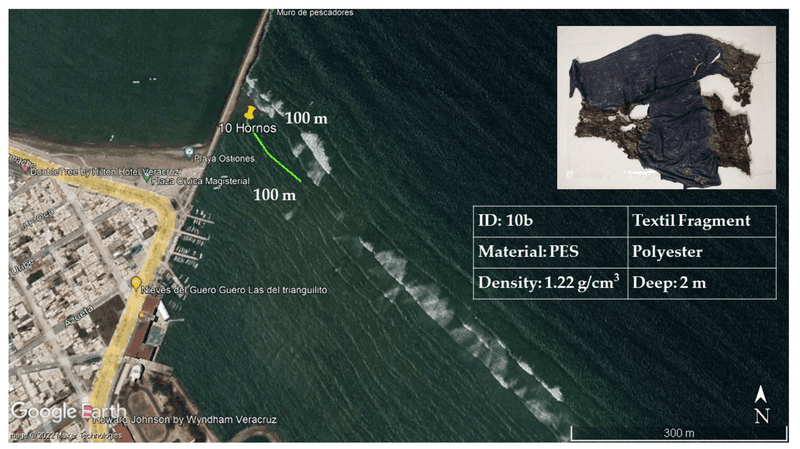
Industrial runoff and sewage discharge have compromised water quality at this Gulf Coast destination, creating health risks for swimmers and beachgoers. Recent testing revealed elevated levels of harmful bacteria that can cause serious gastrointestinal illnesses.
Local health authorities issued advisories against swimming and water contact activities. Contaminated water contains pathogens that cause skin infections, stomach problems, and respiratory issues.
Fishing communities report declining catches due to pollution impacts on marine ecosystems. Until water treatment improvements are implemented, visitors should avoid any contact with the contaminated ocean water and seek alternative beach destinations.
5. Playa Ventura (Guerrero) – Security advisories in surrounding areas
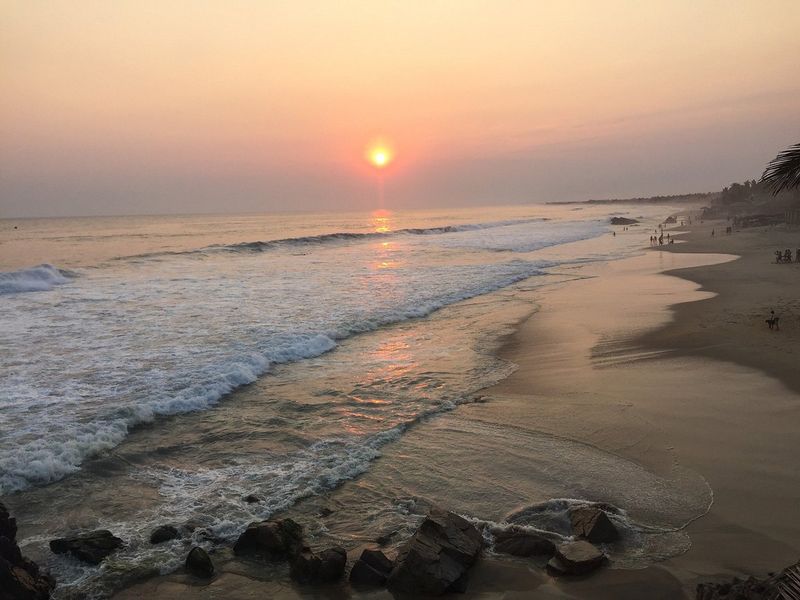
While the beach itself remains beautiful, security concerns in surrounding Guerrero regions have prompted travel advisories affecting this coastal area. Criminal activity and violence in nearby communities create safety risks for tourists traveling to and from the beach.
Government warnings recommend avoiding non-essential travel through certain routes leading to Playa Ventura. Tourist police presence has increased, but isolated incidents continue occurring.
Local businesses suffer as visitor numbers decline due to security fears. Travelers should research current safety conditions and consider alternative destinations until regional stability improves significantly.
6. Playa Costa Esmeralda (Veracruz) – Pollution advisories
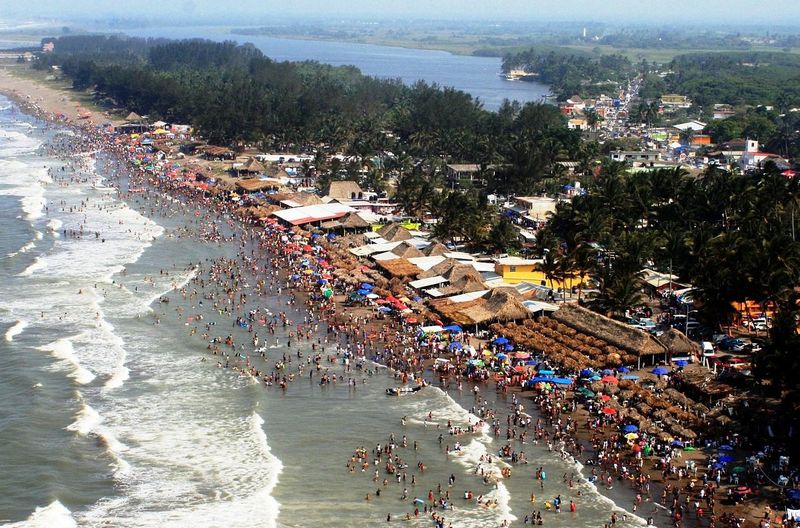
Oil spills and chemical contamination have severely impacted this once-emerald coastline, earning it pollution advisory status from environmental agencies. Petrochemical facilities nearby contribute to ongoing water quality problems affecting marine life and human health.
Tar balls wash ashore regularly, staining sand and creating toxic exposure risks for beachgoers. Swimming in contaminated water can cause skin irritation, respiratory problems, and other health complications.
Cleanup efforts progress slowly due to the scale of contamination and limited resources. Environmental groups recommend avoiding this area until comprehensive remediation restores safe conditions for recreational activities.
7. Tulum Beaches (Quintana Roo) – Past seaweed (sargassum) issues
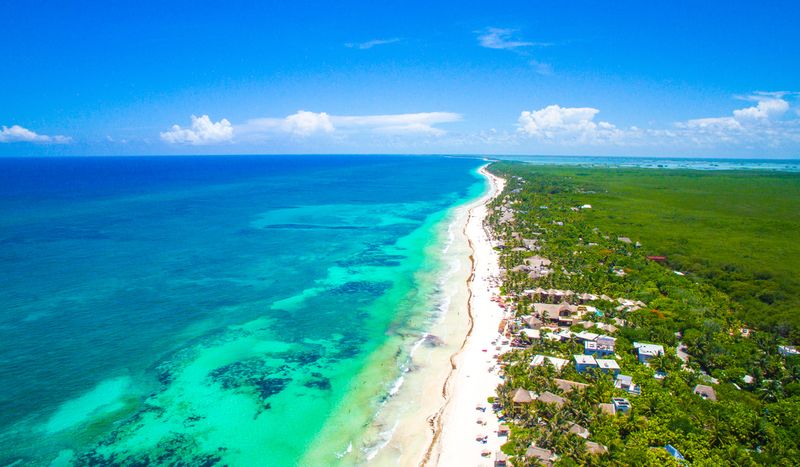
Massive seaweed blooms have transformed these once-pristine Caribbean shores into smelly, unusable stretches of rotting vegetation. Sargassum accumulation creates thick brown carpets that make swimming impossible and produce unpleasant odors.
Hotel operators spend thousands of dollars removing tons of seaweed daily during bloom seasons. The decomposing plant matter releases hydrogen sulfide gas, causing respiratory irritation for sensitive individuals.
While cleanup efforts continue, unpredictable sargassum patterns make beach conditions unreliable for vacation planning. Check current seaweed reports before booking accommodations, as conditions can change rapidly throughout the year.
8. Playa San Pedrito (Jalisco) – Rough surf
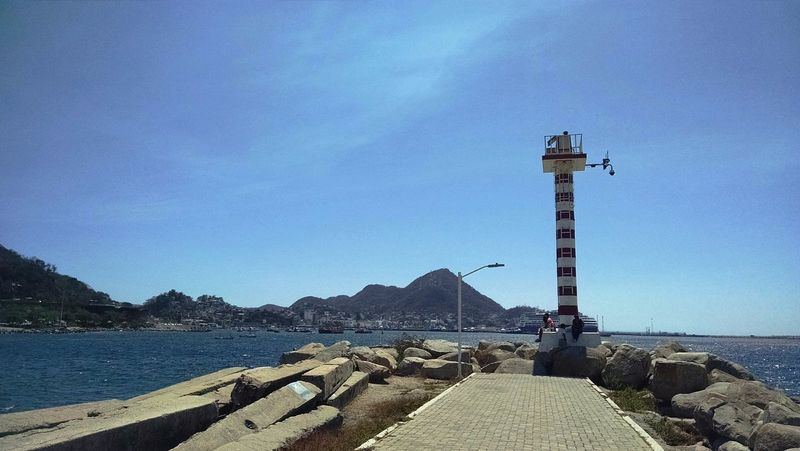
Powerful Pacific swells create consistently rough surf conditions that challenge even experienced swimmers at this Jalisco beach destination. Wave heights frequently exceed safe swimming limits, creating dangerous shore break conditions.
Rocky shoreline areas amplify wave energy, producing unpredictable water movements that can slam swimmers against jagged surfaces. Emergency responders regularly assist injured beachgoers who underestimated the surf’s power.
Professional surfers appreciate the challenging conditions, but families with children should seek calmer alternatives. Check daily surf reports and heed lifeguard warnings about hazardous wave conditions before entering the water.
9. Playa Las Gatas (Zihuatanejo) – Boat traffic hazards
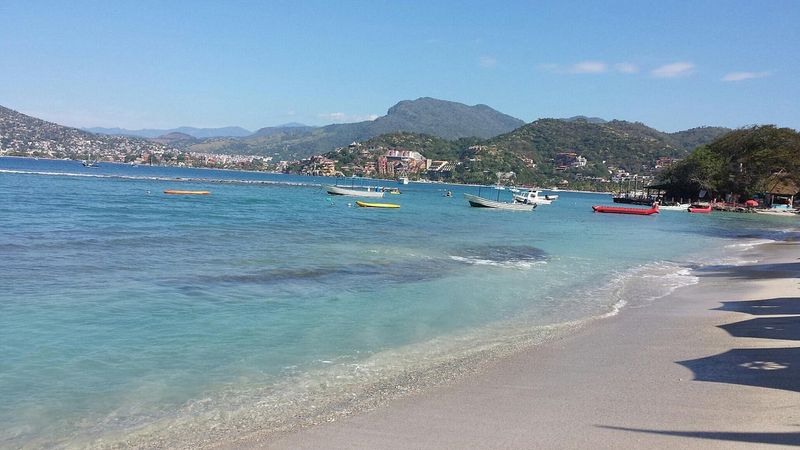
Heavy boat traffic creates serious safety hazards for swimmers at this popular Zihuatanejo bay destination. Water taxis, fishing boats, and recreational vessels operate in close proximity to swimming areas without clear separation zones.
Propeller injuries and boat strikes pose real dangers to snorkelers and swimmers who venture into busy waterways. Engine noise makes it difficult for boat operators to hear swimmers calling for help.
Limited traffic control and enforcement allow dangerous situations to develop regularly. Swimmers should stay close to designated beach areas and avoid venturing into active boat channels where visibility and safety become major concerns.
10. Playa Hornos (Acapulco) – Past bacterial contamination
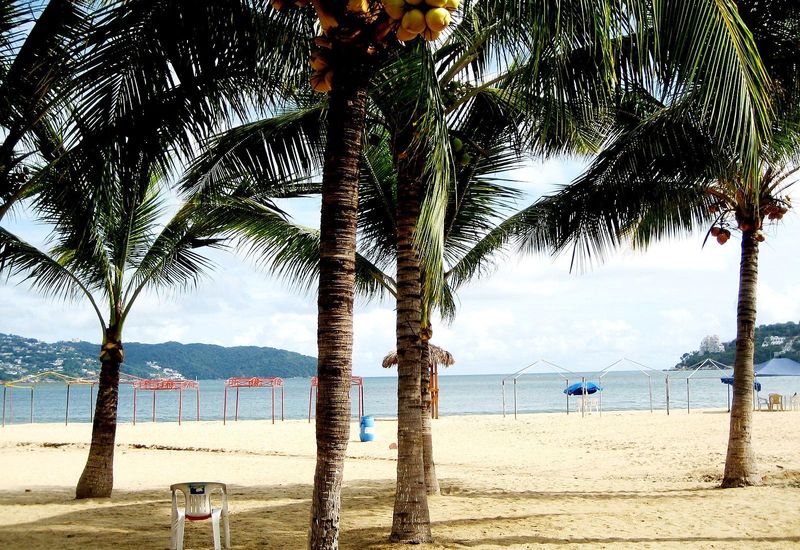
Previous bacterial contamination events at this famous Acapulco beach raised serious health concerns about water quality and safety for swimmers. High levels of harmful bacteria in water samples exceeded safe swimming standards by dangerous margins.
Sewage overflow during heavy rains contributed to contamination problems affecting this popular tourist destination. Health officials documented cases of gastrointestinal illness linked to water exposure at the beach.
While cleanup efforts have improved conditions, periodic testing still shows elevated bacteria levels during certain weather conditions. Visitors should check current water quality reports before swimming and avoid the water after storms.
11. Rosarito Beaches (Baja California) – Water quality concerns
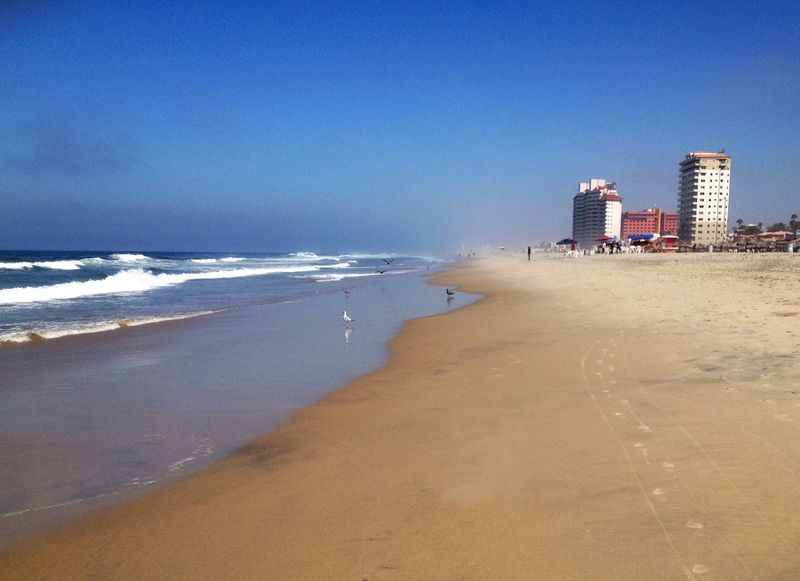
Cross-border pollution and inadequate sewage treatment have created ongoing water quality issues affecting these popular Baja California beaches. Contaminated runoff from urban areas contributes to bacterial levels that exceed safe swimming standards.
International environmental groups monitor pollution levels and issue regular advisories about health risks. Swimming in contaminated water can cause ear infections, skin rashes, and stomach illnesses.
Border proximity complicates cleanup efforts requiring cooperation between multiple agencies and governments. Beachgoers should research current water quality conditions and consider timing visits to avoid periods of highest contamination risk.
12. Sayulita (Nayarit) – Previous reports of untreated sewage runoff
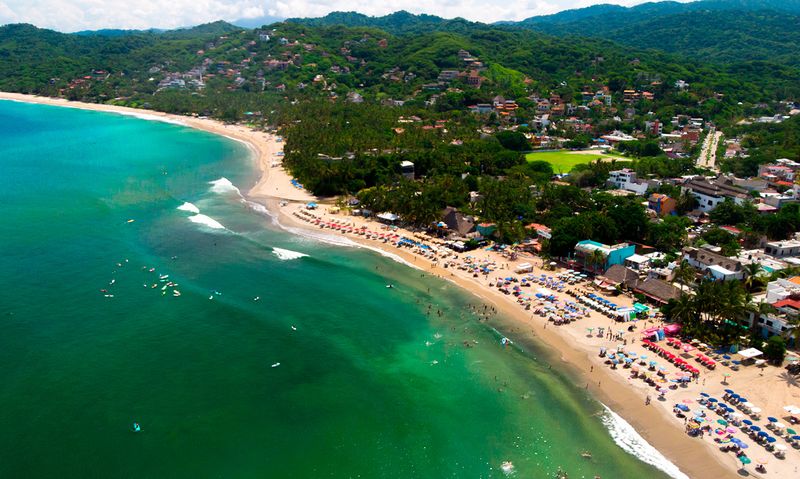
Rapid tourism development has overwhelmed local sewage treatment capacity, leading to untreated waste discharge affecting water quality at this trendy Nayarit surf town. Infrastructure improvements lag behind visitor growth and development pressure.
Rainy season conditions worsen runoff problems, washing contaminated water directly into popular swimming and surfing areas. Local health authorities have documented water quality violations during peak tourist periods.
Environmental groups pressure local government for improved waste treatment facilities. Until infrastructure upgrades are completed, visitors should exercise caution about water contact activities and check current health advisories before swimming.
13. Playa Norte (Isla Mujeres) – Occasional jellyfish blooms
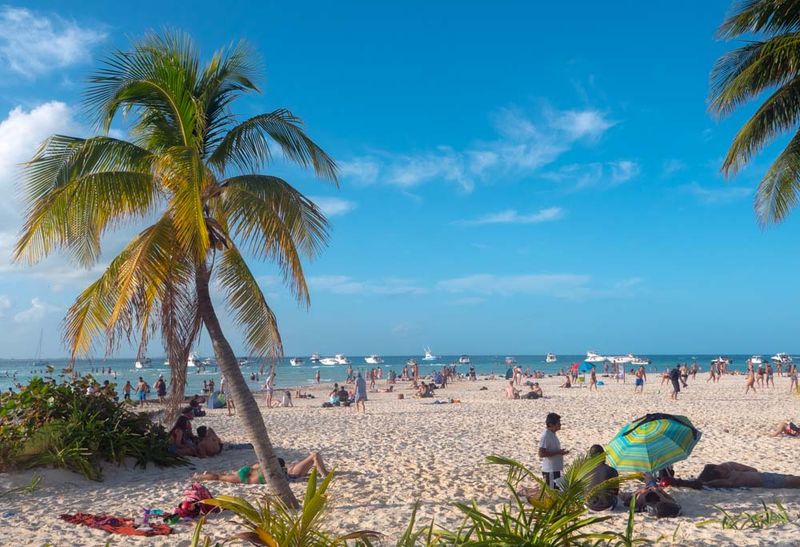
Seasonal jellyfish blooms create painful stinging hazards for swimmers at this otherwise pristine Caribbean island destination. Large numbers of jellyfish appear unpredictably, making water activities dangerous during bloom periods.
Box jellyfish and other venomous species cause severe stings requiring immediate medical attention. Local clinics treat numerous jellyfish injuries during peak bloom seasons when marine conditions favor their proliferation.
Water temperature and current changes influence jellyfish population cycles in unpredictable ways. Beach operators post warning flags during active blooms, but conditions can change rapidly throughout the day requiring constant vigilance from swimmers.
14. Puerto Escondido (Oaxaca) – Powerful waves (popular but risky for swimmers)
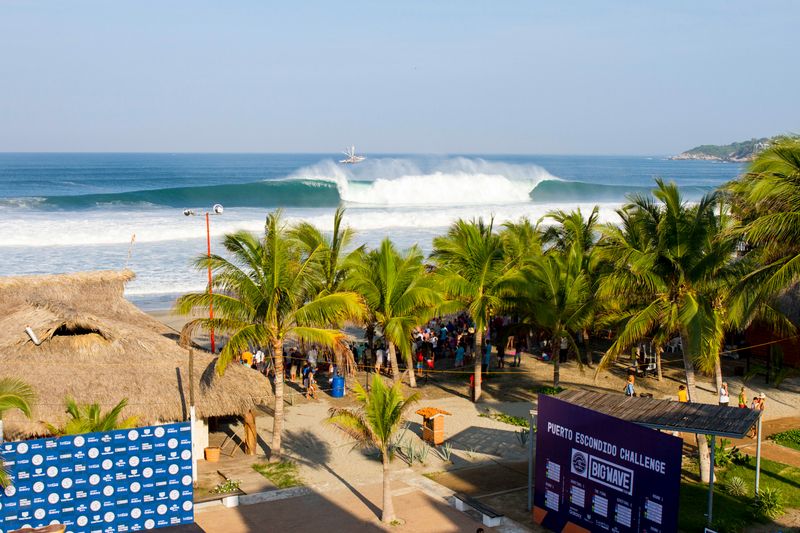
World-class surfing waves make Puerto Escondido famous among professionals, but these same powerful swells create extremely dangerous conditions for casual swimmers. Wave heights regularly exceed fifteen feet with tremendous crushing force.
The beach break produces violent shore pound that can cause serious injuries to inexperienced swimmers caught in the impact zone. Emergency medical services stay busy treating wave-related injuries during peak surf seasons.
Spectators can safely enjoy watching professional surfers tackle these legendary waves from the beach. Swimming should be attempted only by experts with advanced ocean skills and proper safety equipment.
15. Barra de Navidad (Jalisco) – Strong undertows
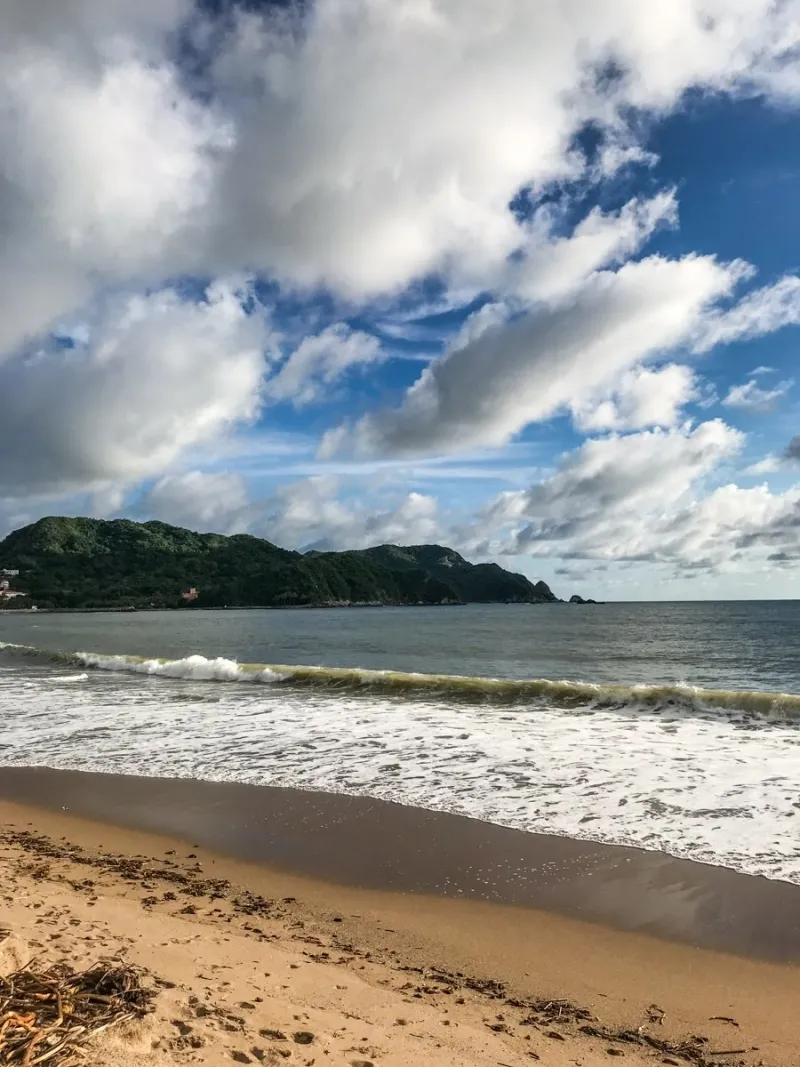
Deceptively calm surface conditions hide powerful undertows that create serious drowning hazards at this Jalisco coastal destination. Strong subsurface currents pull swimmers underwater without warning, making escape difficult even for strong swimmers.
The lagoon mouth creates complex water flow patterns that generate unpredictable undertow conditions throughout tidal changes. Rescue operations occur regularly as visitors underestimate the hidden dangers beneath peaceful-looking waters.
Local fishing guides understand current patterns but casual beachgoers lack this crucial knowledge. Swimming should be limited to shallow areas near shore where undertow effects are minimized and escape remains possible.

